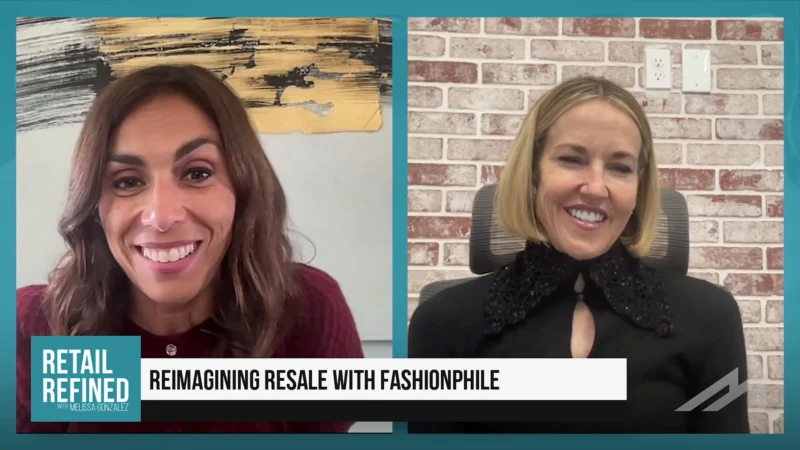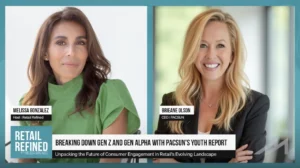Beyond Barbie: Brands with Nostalgia-Focused Marketing Partnerships Should Choose Synergy and Legacy Over Trend
Brands leveraging the power of nostalgia-focused marketing, sure picked the right partner in Mattel’s Barbie. The Barbie movie’s recent release has reignited the world’s love affair with the iconic doll, setting the stage for a cultural resurgence that spilled into fashion.
Two months after its theatrical debut, Barbie continues to resonate, thanks partly to its initial vibrant marketing campaign awash in hot pink. This re-emergence of the iconic doll into the cultural zeitgeist led to numerous collaborations, with brands like Forever 21, Gap, and Aldo unveiling Barbie-themed products. The “Barbiecore” fashion trend, characterized by its bold colors, had notably gained significant traction around the film’s release. Since its 1959 introduction, Barbie’s transformative journey has been highlighted, with the brand’s recent efforts focusing on promoting diversity, evident in their dolls of varied racial backgrounds and physical abilities.
While it’s clear Barbie, the movie, was a cultural phenomenon, and those who hitched their sails to its marketing machine benefited, a nostalgia-focused marketing strategy won’t always pay off for a brand.
Where and when does it make sense for a brand to collaborate with the Mattel’s of the world, and can chasing the next Barbie be a fruitless expedition akin to searching for a unicorn?
Brenden Czajka, Researcher with Aimpoint Research, says, like anything, there are rules to follow when partnering with iconic brands like Barbie. The marketing partnership needs to make sense for both brands in the equation. To avoid the pitfalls of nostalgia-focused marketing, steer away from quick fads and look for brands with staying power.
Brenden’s Thoughts
With nostalgia-based strategies, the main benefit you’re getting is that people already know about the brand, so you’re getting awareness, and you’re also getting the emotions and feelings that they have towards that brand. So if people really like Barbie, they’re gonna have those associations with your product, hopefully, by doing a collaboration.
The biggest con of that, and it’s not necessarily a con, but it’s a limitation, is that because of that, you aren’t allowed to kind of dictate your own pace. You very much have to work within what people are expecting of that product or brand.
With Barbie, people, a lot of the time, expect fashion, and they expect the color pink. Those are the kinds of themes that are tied to that brand, and so you have to be within those parameters, and that’s why I think, for fashion brands, it’s very effective to have a brand collaboration with Barbie.
It entirely depends on how resonant the brand is. So, for something like Barbie, that’s something that has had a large cultural impact over a long period of time. I think the strategies have been really effective because there’s been a spike. Still, I don’t think it’s necessarily something that will fade as quickly as a couple of years ago when fidget spinners were all the rage. Many companies started purchasing those doing collaborations.
You see a lot of things that are flashes in the pans, and so I think that if you are doing something that’s a flash in the pan, it can work, but you have to be a lot more on the ball. You have to get rolling with it instantly. You might have to hit that window, and when the window’s gone, you’ve lost your mark.
For something like Barbie, it’s still important to be very quick at getting that collaboration across, but it’s not as quickly fading in the cultural zeitgeist per se compared to other products. So, making sure that one, the association you’re doing has some legs, making sure there’s a purpose for it, but also in terms of longevity, you need to make sure that your product and the brand have some reason to be collaborating.
That’s why, again, fashion is such a good one with Barbie because it’s tied to that brand. Still, if you get a random collaboration months after the movie’s over with a food restaurant, it might be less effective because you’ve lost that initial hype. You don’t have as much overlap with what the brand represents and what you represent as a company.
Article by James Kent








